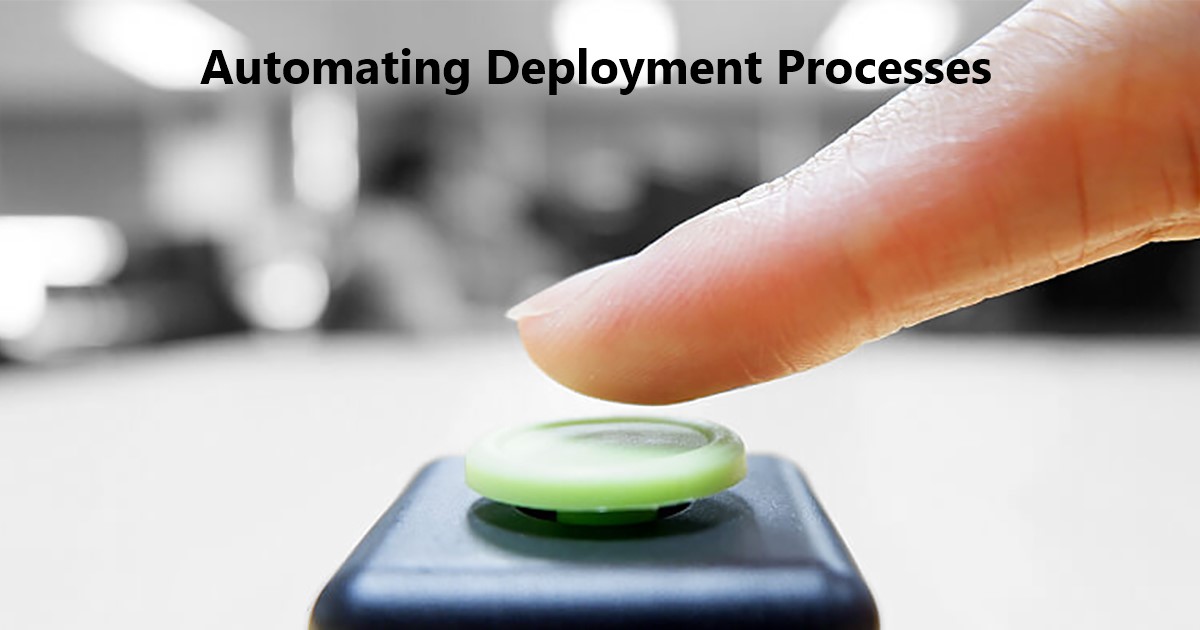As cloud technology continues to grow in popularity, managing a cloud application deployment has become a critical aspect of many businesses operations. A successful deployment can bring increased efficiency, scalability, and flexibility to an organization, while a poor deployment can lead to a host of problems. In this article, we’ll explore the best practices for managing a cloud application deployment in 2023.
Read More: Cloud Strategy & planning experts
Explore the Contents
- 1 introduction
- 2 Understanding Cloud Application Deployment
- 3 Selecting the Right Cloud Provider
- 4 Designing the Application for the Cloud
- 5 Implementing Security Measures
- 6 Managing Costs
- 7 Automating Deployment Processes
- 8 Monitoring and Maintaining the Application
- 9 Establishing a Disaster Recovery Plan
- 10 Conclusion
- 11 FAQs
introduction
Cloud computing has revolutionized the way businesses operate by providing a scalable and cost-effective solution for managing applications and data. However, managing a cloud application deployment can be complex and challenging, requiring businesses to follow best practices to ensure success.
As we move into 2023, businesses need to understand and adopt these best practices to effectively manage their cloud deployments. This article will discuss the best practices for managing a cloud application deployment in 2023, including selecting the right cloud provider, establishing a disaster recovery plan, using infrastructure-as-code (IaC) and continuous integration and continuous deployment (CI/CD), optimizing costs, and monitoring performance and security. Following these best practices can ensure a successful cloud application deployment in 2023.
Understanding Cloud Application Deployment
Before diving into the best practices for managing a cloud application deployment, it’s essential to understand what cloud application deployment is. Cloud application deployment refers to the process of deploying software applications on cloud infrastructure. This process involves various steps, including designing, developing, testing, and deploying the application. A successful deployment is critical for ensuring that the application functions correctly and is accessible to users.
Selecting the Right Cloud Provider
Selecting the right cloud provider is one of the most important aspects of managing a cloud application deployment. The cloud provider you choose will have a significant impact on the success of your deployment. Some of the factors to consider when selecting a cloud provider include the provider’s reputation, provider’s reliability and uptime, the provider’s pricing, and the provider’s support.
Designing the Application for the Cloud
Designing the application for the cloud is another critical aspect of managing a cloud application deployment. Cloud infrastructure is different from traditional infrastructure, and applications must be designed to take advantage of the unique features of the cloud. Some of the best practices for designing an application for the cloud include using microservices, building the application to be scalable, and optimizing the application for performance.
Implementing Security Measures
Implementing security measures is crucial when managing a cloud application deployment. The cloud is a shared environment, and security breaches can have far-reaching consequences. Some of the best practices for implementing security measures include using strong authentication and access controls, encrypting data in transit and at rest, and regularly monitoring the application for vulnerabilities.
Managing Costs
Managing costs is another critical aspect of managing a cloud application deployment. Cloud providers typically charge based on usage, and it’s essential to monitor usage and optimize costs to avoid overspending. Some of the best practices for managing costs include monitoring usage, optimizing resource allocation, and using cost-management tools provided by the cloud provider.
Automating Deployment Processes

Automating deployment processes is a best practice that can significantly improve the efficiency of managing a cloud application deployment. Automating deployment processes reduces the risk of human error and ensures that deployments are consistent and repeatable. Some of the best practices for automating deployment processes include using continuous integration and continuous deployment (CI/CD) tools, using infrastructure-as-code (IaC) tools, and implementing testing automation.
Monitoring and Maintaining the Application
Monitoring and maintaining the application are critical aspects of managing a cloud application deployment. Regular monitoring helps identify potential issues before they become problems, and maintaining the application ensures that it remains secure and up to date. Some of the best practices for monitoring and maintaining the application include setting up alerts and notifications, regularly patching and updating the application, and regularly reviewing logs.
Establishing a Disaster Recovery Plan
Establishing a disaster recovery plan is another essential aspect of managing a cloud application deployment. A disaster recovery plan outlines the steps to take in the event of a disaster, such as a cyber attack or natural disaster, to ensure that the application can be restored quickly and with minimal data loss. Some of the best practices for establishing a disaster recovery plan include performing regular backups, using multiple availability zones or regions, and testing the plan regularly.
Read More: How to Edit Videos on the Cloud Using Artificial Intelligence
Conclusion
By following these best practices, businesses can ensure a successful cloud application deployment in 2023. The process of managing a cloud application deployment can be complex and challenging, but with the right planning and execution, businesses can realize the benefits of cloud technology. From selecting the right cloud provider to establishing a disaster recovery plan, each step is critical to a successful deployment.
FAQs
- Why is selecting the right cloud provider so important for managing a cloud application deployment?
- The cloud provider you choose will have a significant impact on the success of your deployment. Factors such as reputation, reliability, pricing, and support can all affect the performance and security of your application.
- What is infrastructure-as-code, and why is it a best practice for automating deployment processes?
- Infrastructure-as-code (IaC) is the practice of managing infrastructure using code and automation. By using IaC tools, businesses can automate deployment processes, reduce the risk of human error, and ensure that deployments are consistent and repeatable.
- How can businesses optimize costs when managing a cloud application deployment?
- Businesses can optimize costs by monitoring usage, optimizing resource allocation, and using cost-management tools provided by the cloud provider.
- What is a disaster recovery plan, and why is it important for managing a cloud application deployment?
- A disaster recovery plan is a plan that outlines the steps to take in the event of a disaster to ensure that the application can be restored quickly and with minimal data loss. It’s important for managing a cloud application deployment because the cloud is a shared environment, and security breaches or other disasters can have far-reaching consequences.
- What is continuous integration and continuous deployment (CI/CD), and why is it a best practice for automating deployment processes?
- Continuous integration and continuous deployment (CI/CD) is a practice that involves automating the building, testing, and deployment of an application. It’s a best practice for automating deployment processes because it reduces the risk of human error and ensures that deployments are consistent and repeatable.



